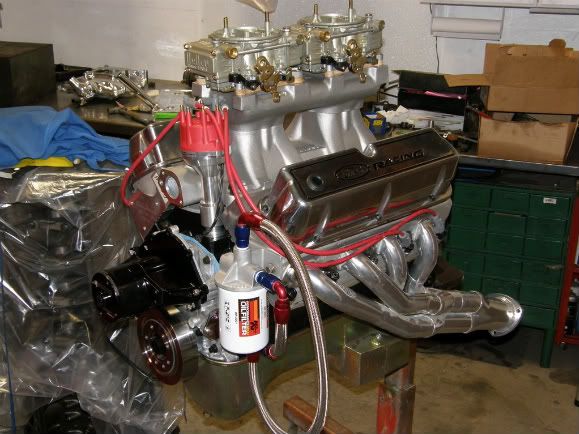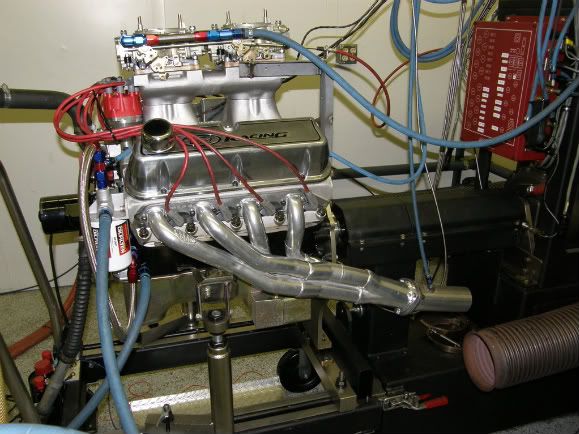Generally what is the deciding factor?
I know the tri-y used to be the "hot ticket" years ago for the early mustang/shelby crowd for low rpm torque, but lately this arrangement is used in max effort NA applications.
The tri-y is attractive to me because I think it would be easier to fabricate and package in a tight engine compartment. But I don't want to give up an ounce of power!
I know the tri-y used to be the "hot ticket" years ago for the early mustang/shelby crowd for low rpm torque, but lately this arrangement is used in max effort NA applications.
The tri-y is attractive to me because I think it would be easier to fabricate and package in a tight engine compartment. But I don't want to give up an ounce of power!













